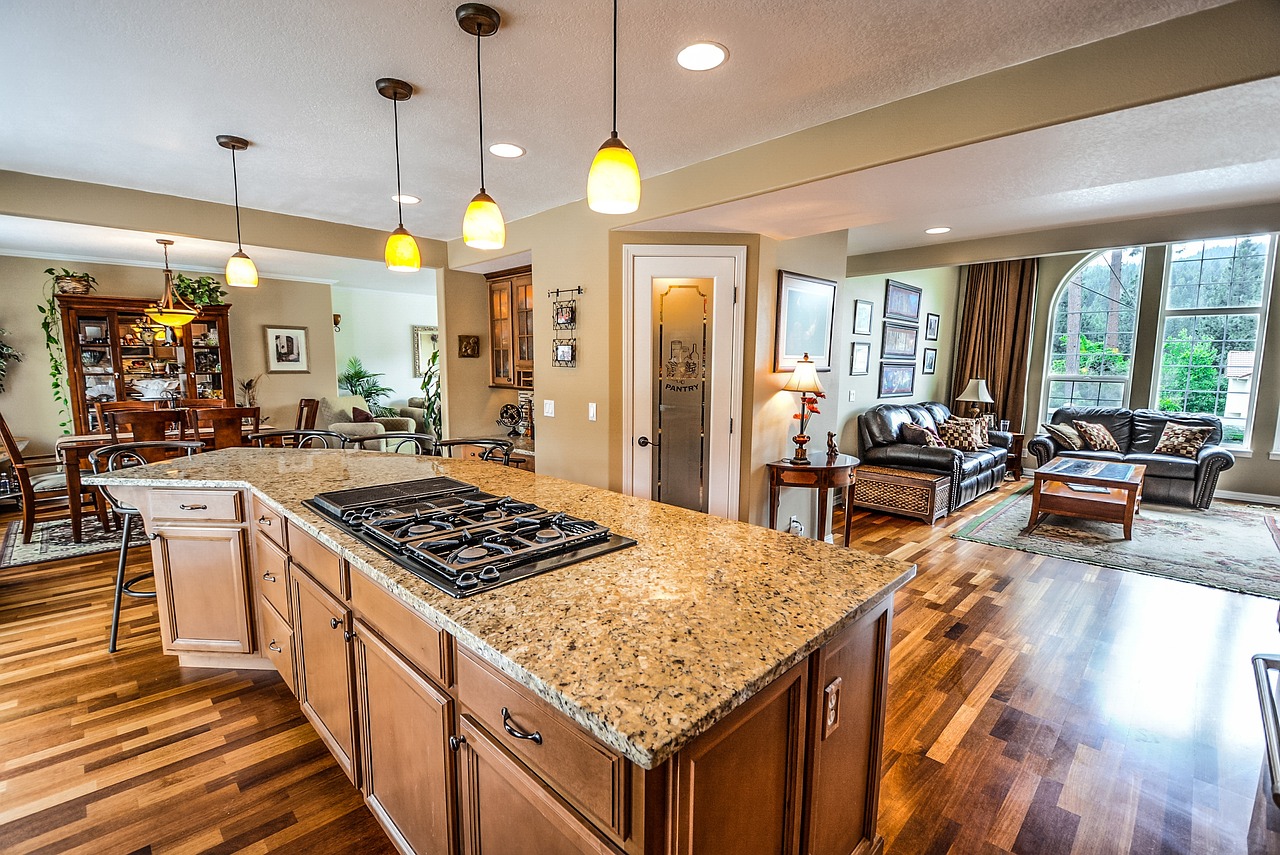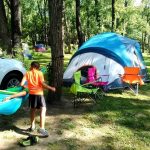
Senior home safety is a top priority, especially if you’re part of what’s called the “sandwich generation,” which is 23% of US adults in 2022. But wait, what’s this generation all about? These are those who are raising a child while having a parent aged 65 or older. Adapting a living space to meet the changing needs of aging parents is important for these people. And it often includes home modifications like installing grab bars, improved lighting, and removal of trip hazards.
This guide will help you add safety features to your home and find your way through challenges in supporting a person through the process of aging, ensuring their security, comfort, and well-being. Read on to learn more.
Recognizing Changes in Your Parents
Older people often prefer aging in place. So, the first step in making a safe home environment for them is to understand their needs and recognize changes in their behavior, abilities, and overall health. Watch for:
Mobility issues
These are the difficulty in walking, climbing stairs, or getting up from chairs.
Memory loss or lapses
Are your parents already forgetting appointments, misplacing items, or struggling with familiar tasks?
Early detection of these changes allows for proactive planning and support. But you don’t have to navigate this journey alone. As your loved one’s needs evolve, consider seeking additional help to ensure their continued well-being and safety. In home health care for seniors is a popular option that allows them to receive professional care in the comfort and familiarity of their own home.
Home Safety: A Top Priority
So, how do you make sure that you have a home that’s safe for seniors and is keeping them away from any potential hazards? Here’s a comprehensive home safety tips and home safety checklist to help you out:
Kitchen safety
In the kitchen, install lever handles on faucets, place frequently used items within easy reach, and add pull-out shelves in cabinets.
Bathroom safety
For bathroom safety, install grab bars near the toilet and in the shower, use non-slip mats, and consider a raised toilet seat.
Bedroom safety
In the bedroom, ensure a clear path to the bathroom, install easy-to-access light switches and night lights, and consider a bed rail for support.
General home safety
And throughout the home, considering the following:
- Remove trip hazards like loose rugs or electrical cords
- Improve lighting in all areas, especially stairways and hallways
- Install handrails on both sides of staircases to avoid fall hazards.
- Add slip strips for outdoor steps or even in the staircases.
- Ensure all electrical outlets are covered
- Secure loose carpeting and repair uneven flooring
These changes can significantly reduce fall risks and improve senior safety.

Home Security and Emergency Preparedness
Home security and emergency preparedness are also crucial.
For complete peace of mind, consider a multifaceted approach to home safety. Start by installing a reliable home security system with monitoring services. It’ll provide a crucial first line of defense.
Additionally, set up a medical alert system to ensure you can get help quickly in case of an emergency.
Don’t forget essential fire safety measures as well. Create a handy emergency contact list for easy access.
Finally, for added convenience, explore home automation for effortless control of lights and thermostats.
Healthcare and medical management
Proper healthcare management is vital for aging parents as well.
It includes scheduling regular check-ups with your doctor, keeping a well-organized medication list, and ensuring you attend all scheduled appointments.
Additionally, don’t hesitate to consider extra care support if needed.
Emotional and social well-being
Note that nurturing your emotional and social well-being is just as important as physical health.
Engaging in regular social activities can be a great way to stay connected. So, explore what your community offers in terms of programs or clubs.
Consider pet adoption, too. It can provide companionship and purpose.
Don’t forget to promote hobbies you enjoy as well – they can be a fantastic source of relaxation and fulfillment.
Finally, be attentive to any signs of depression or anxiety and seek help if needed.

Financial and legal considerations
Of course, solid financial and legal planning is also essential for peace of mind. What you can do is start by reviewing your finances to ensure you’re prepared.
Discuss the power of attorney arrangements with loved ones to designate someone to manage your affairs if needed. Don’t forget to organize important documents like wills and insurance policies for easy access, too.
Also, consider exploring long-term care insurance to help manage potential future costs. And then finally, consider consulting with a financial advisor and attorney for valuable guidance tailored to your specific situation.
Communication and family dynamics
For a strong support system, prioritize open communication within your family as well.
Schedule regular family meetings to discuss needs and concerns. Respecting your parents’ wishes is important, but so is open dialogue.
Don’t forget to involve family members in care decisions whenever possible. Doing so fosters a sense of shared responsibility. And if navigating these conversations feels challenging, consider seeking professional guidance through family counseling.
Technology and aging
Did you know that technology can also be a powerful ally in supporting aging parents? Explore user-friendly smartphones for staying connected, consider medical alert devices for added security, and investigate smart home technology for easier control of their environment.
Conclusion
Taking care of aging parents is a journey that involves patience, understanding, compassion, and flexibility. You can help your parents maintain an independent, quality life by implementing the above tips and strategies. But remember, every situation is unique, so be prepared to adjust your approach as needs change.







